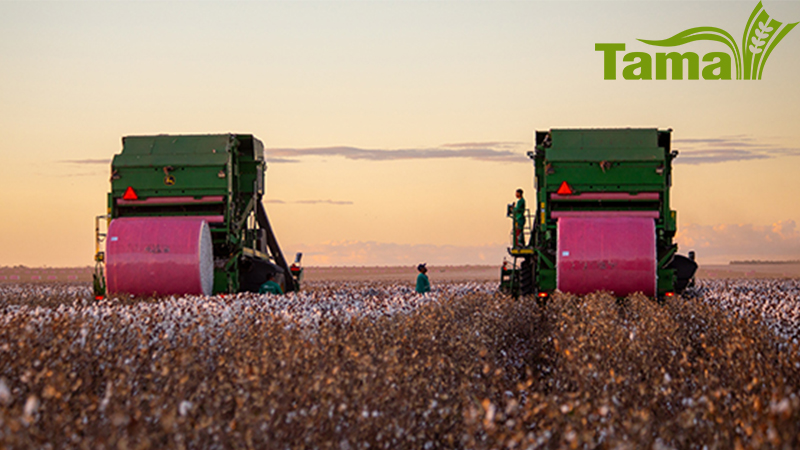U.S. Economy Is Squeezing the Cotton Market
It was bound to happen. So says economics, the first course. Once it was Guns or Butter. Today it is Congressional Mandated Gifts versus Guns and Butter. Past drunken spending and giveaways by Congress have caught up with the U.S.
This week’s U.S. Department of Commerce reports contained news of an economy spinning out of control, with comments cast to look as if the economy was booming. Inflation continues at a pace above 6% so reported, but the good news was supposed to be that it was no longer exploding but climbing at only a snail’s pace.
That was followed by the supposed good news that retail sales were up sharply from January. That nugget failed to mention that credit card debt had soared to a record high near a trillion dollars – and some 5% of that was 90 days past due, simply meaning that the past interest was over 90 days past due. That delinquency is estimated to increase to an unstainable 10%. Remember, inflation has pushed interest on credit card debt to over 20% – typically 22-24%.
The “good news” associated with increased retail sales failed to mention the Fed indicated that they had miscalculated, that retail spending was out of control, and that its monthly interest rate increases would have to be reviewed – meaning they will have to return to half point monthly increases next month or at least continue with quarter point increases longer than planned.
The meaning? We cannot write off a recession.
Then, the Congressional Budget Office (CBO), the agency full of economists working directly for the U.S. Congress, publicly warned the Congressmen and Senators that their spending was not sustainable. That mere reprimand sent the equity market down, taking cotton down to the very bottom of its 81-cent support level – a many had felt would not be revisited.
It has now.
What is left on the table is a cotton market with the potential to fall to its first level of support, 78 cents, and that failing, down to 74.50 cents.
Ah, but there is good news. The new crop December has sustained itself at 82 cents and promises to take enough world acreage out of cotton production in 2023 to allow the December 2023 and/or the 2024 new crop contracts to move above 90 cents and challenge higher ground. The trading range for old crop is still much the same: 75-87 cents. However, it will now be a bit of a battle to climb above 85 cents, basis May. The range for new crop is 79-87 cents.
Growers holding old crop are advised to take advantage of any move above 85 cents. New crop pricing is on hold.
Weekly export sales were particularly good on the week and occurred when the market was trading 84.50 to 85.50 cents. With current low prices, export sales will be booming the next two weeks. However, it is export shipments, not sales, that matter now. Vietnam, China, Pakistan, Bangladesh, and Turkey were the primary buyers. However, shipments, week after week, fail to meet the pace needed to reach USDA’s 12 million bale export estimate. Most all Turkish spinning operations have been impacted by the earthquake as 80% of the Turkish cotton spinning capacity was in the hardest hit region.
Turkey and Pakistan have purchased 3.4 million bales of U.S. cotton. However, only 1.2 million bales have been shipped. Pakistani mills are having great difficulty in opening letters of credit, and that has significantly slowed U.S. exports to that country. The problems facing Turkey will require at least a year to even somewhat resolve in most cases. Thus, it is difficult to expect U.S. exports to excel 11.8 million bales and could fall as low as 11.6 million.
The January-based National Cotton Council grower survey revealed grower intentions of planting 11.4 million acres. Historically, the survey has been fully accurate. Recall the December-based survey conducted by Cotton Grower magazine suggested plantings of 11.6 million. Thus, the market should have good faith that planting will range between 11.3 and 11.6 million acres.
Demand remains the bearish culprit that is directing market direction. The Pakistani economic problems coupled with the Turkish disaster have taken center stage in the demand picture.
I want to be wrong, wrong, wrong. But I remain a bear.
Give a gift of cotton today.








